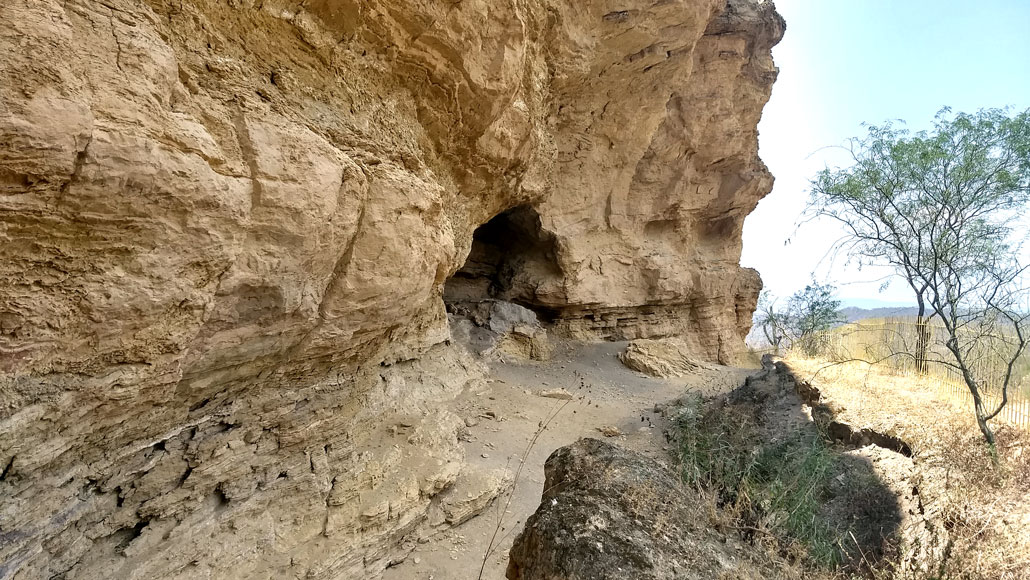New clues suggest people reached the Americas around 30,000 years ago
Ancient bones from a Mexican rock-shelter point to humans arriving earlier than often assumed

New radiocarbon dates for rabbit bones excavated in the 1960s at Mexico’s Coxcatlan Cave (shown here) raise the possibility that humans lived there roughly 30,000 years ago.
Andrew D. Somerville